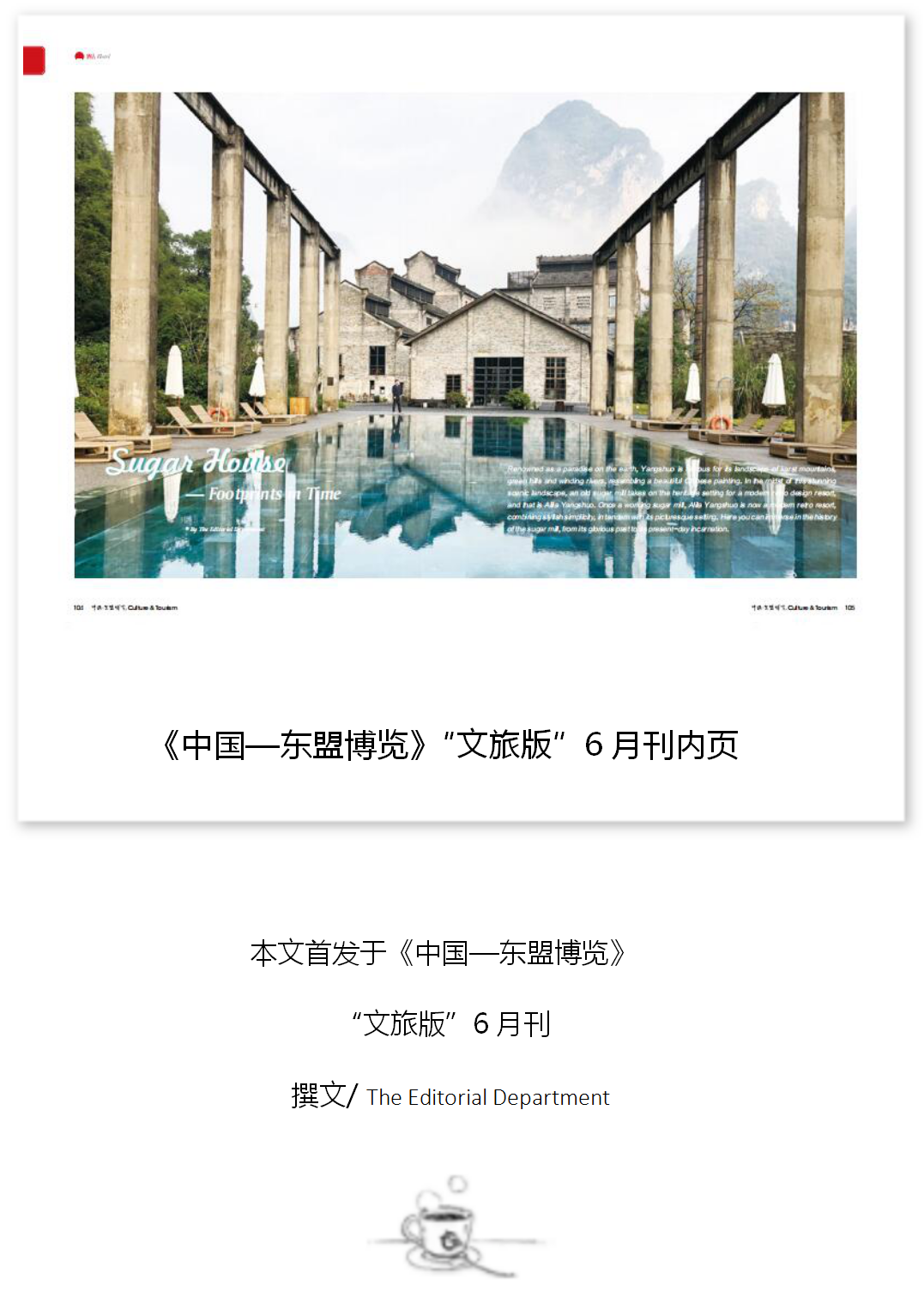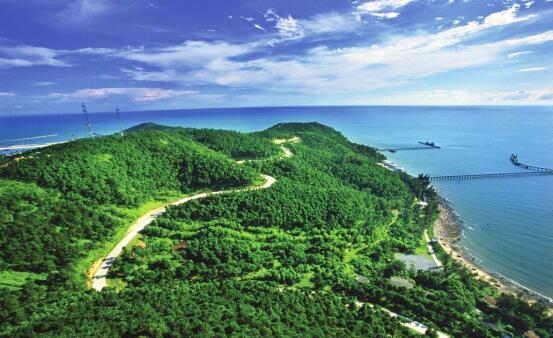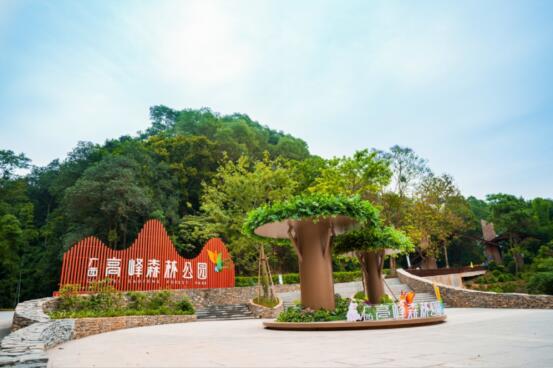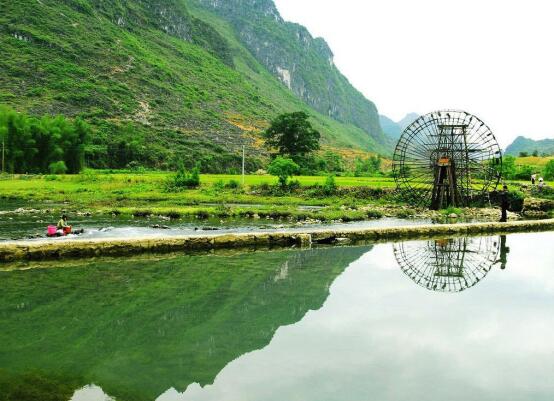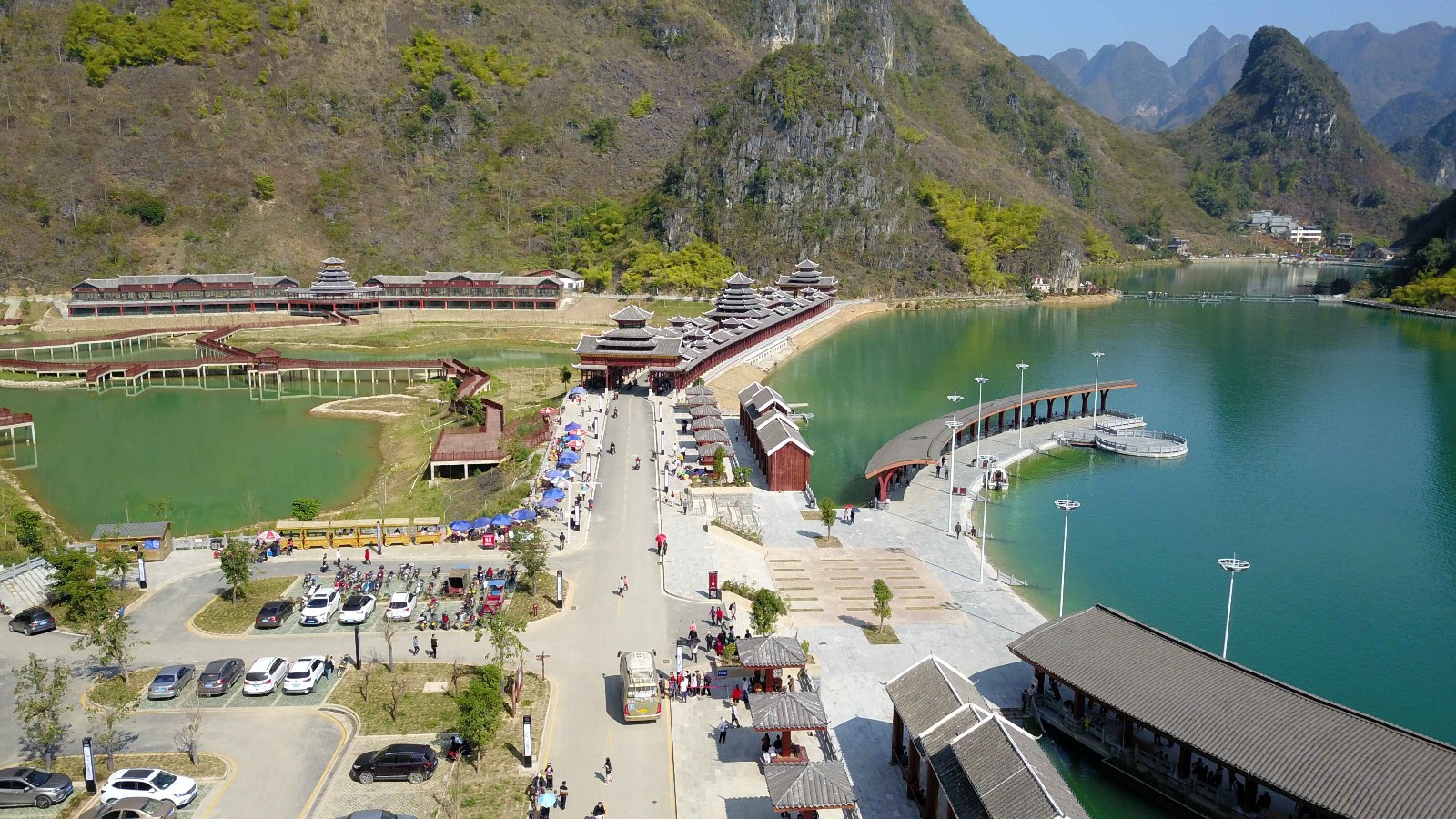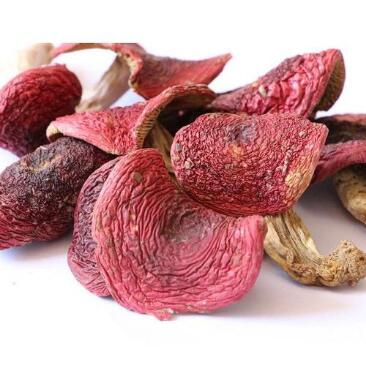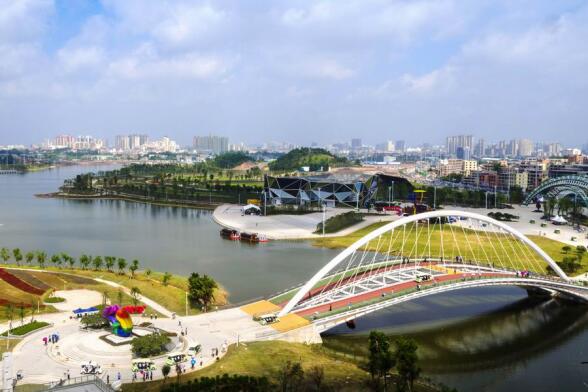Guangxi Culture & Tourism
——Renowned as a paradise on the earth, Yangshuo is famous for its landscape of karst mountains, green hills and winding rivers, resembling a beautiful Chinese painting In the midst of this stunning scenic landscape, an old sugar mill takes on the heritage setting for a modern retro design resort, and that is Alila Yangshuo Once a working sugar mill, Alila Yangshuo is now a modern retro resort, combining stylish simplicity, in tandem with its picturesque setting Here you can immerse in the history of the sugar mill, from its glorious past to its present-day incarnation
Publication time:2019-11-12
Have you ever had an interest in unsolved mysteries since your childhood? If you come to Shiwan Mountain, you will not feel disappointed
Publication time:2019-11-08
Guantouling National Forest Park is located in the southwestern part of Guangxi’s Beihai City Guantouling (the mountain) is 6 kilometers long and 120 meters high, being used to be a natural barrier for the Beibu Gulf’s people to resist the imperialist aggression People are able to climb the mountain for enjoying the sunrise or sunset, and to view the sea erosion landscape from a distance
Publication time:2019-11-06
Guangxi Gaofeng Forest Park is located in Nanning City of Guangxi, centering on natural elements such as valleys, mountains, forests and lakes and showing the harmonious beauty between people and nature There are six major theme areas in the park, such as Life Valley, Power Mountain, Xingyue Lake, Starry Camp, Elf River Valley, and Elven Kingdom The opened scenic spots such as forest trains, forest carnivals, mushroom workshops and bird forests, attract many citizens to come and take a snap
Publication time:2019-11-06
Located in Tengxian County, Wuzhou City of Guangxi, Shibiaoshan Mountain Scenic Area enjoys convenient transportation and diverse landscapes, including original ecological water landscape, beach landscape, Danxia landform landscape, historical and cultural landscape, and rural village landscape People can appreciate the wonders of nature and feel the charm of local culture
Publication time:2019-11-05
Bama Yao Autonomous County is a bright pearl on the land of northwest Guangxi In this ancient and magical land, the longevity phenomenon has a long history, and the miracle of life continues to perfo
Publication time:2019-11-05
Located in Lingyun County of Baise City, Guangxi, Haokun Lake originated from Chengbi River in Qinglong Mountain The lake and the mountains are beautiful with twisting shoreline and star-studded islands And dozens of mountains tightly encircles a clear and limpid lake During the flood season, the lake is about 500 to 1,000 meters wide and 15 kilometers long The water and the sky are all the same, while the mountains and cliffs on both sides of the river are fascinating
Publication time:2019-11-05
Shatian pomelo of Rong County is one of specialties, with a beautiful shape and sweet taste The annual period before and after Hoar-frost falls is the best season for Shatian pomelo picking As one of
Publication time:2019-11-04
Located in Debao County of Guangxi, Debao Hongye Forest Park is a national AAAA-level tourist attraction Debao has a unique geographical location where 100,000 mu of maple trees are planted, becoming the largest red maple forest belt in China There are many types of red maples with long viewing period, so people are able to view that mountains are full of colors
Publication time:2019-11-04
Located in the Yudong Lake area of Yudong New District, Yulin City, Yulin Garden Expo Park presents the miniature of Guangxi landscapes, becoming a comprehensive and permanently unique regional gardening landscape integrating gardening, exhibition, national culture and tourism
Publication time:2019-10-31

